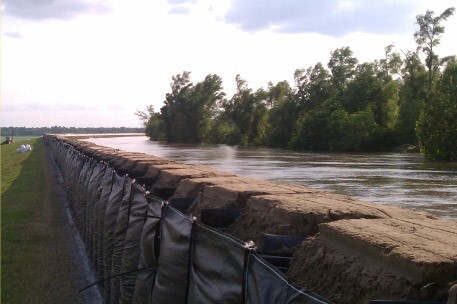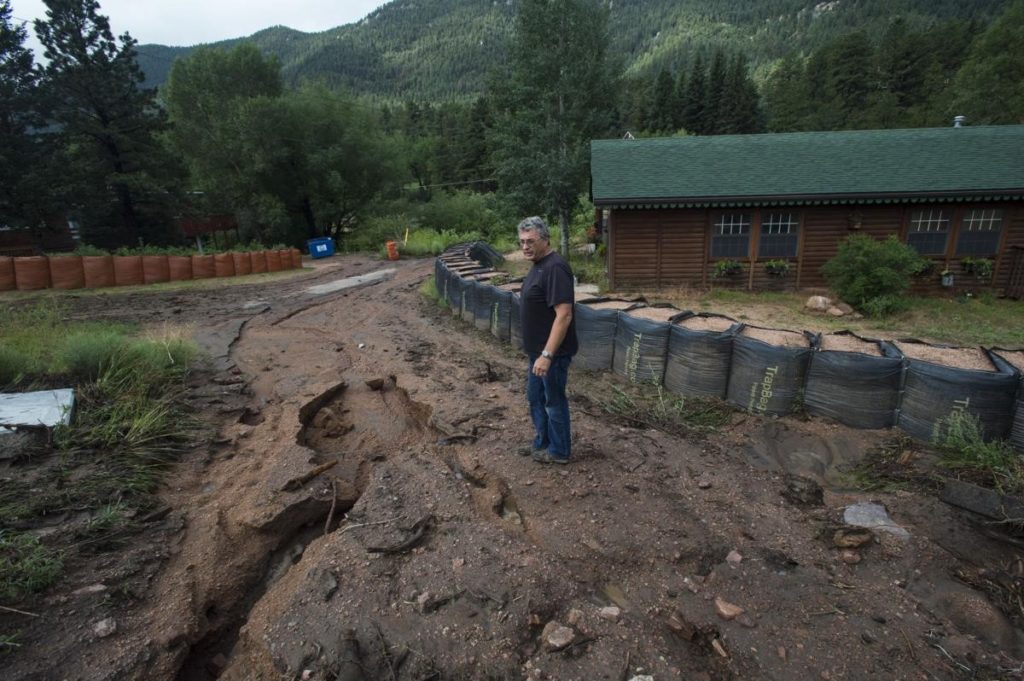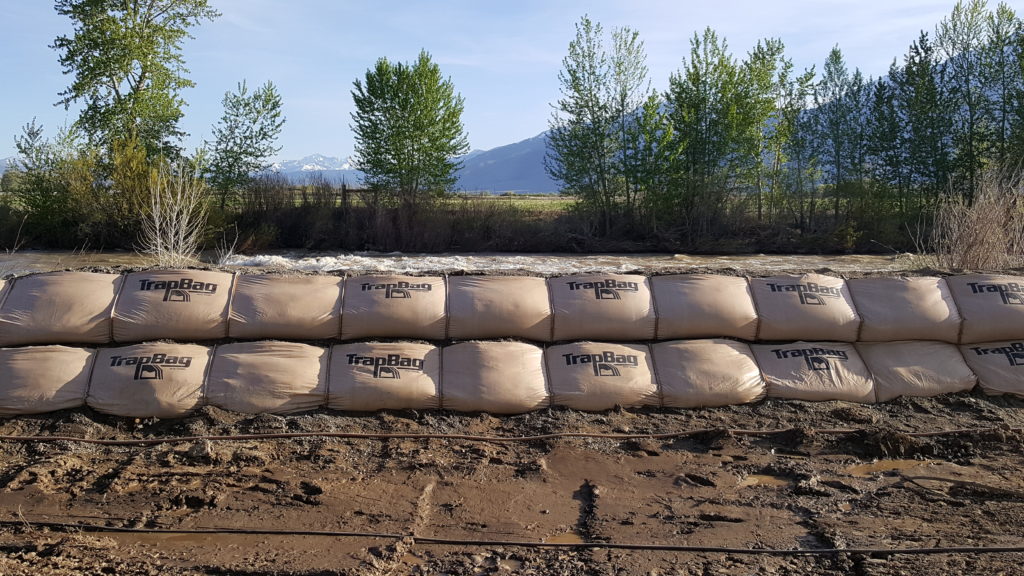Control Barriers for Emergency Management
Emergency management is the practice of preventing & preparing for emergencies. Use TrapBag containment bags for your next emergency management plan.

Control barriers are artificial measures to prevent or reduce damage from particular disasters. Moreover, there are various types of control barriers for different types of emergency management.
What is Emergency Management?
Emergency management works to prepare and lessen the damages for any situations that are out of our control.
Situations like hurricanes, wildfires, tornadoes, etc., have the power to devastate people’s lives, communities, and infrastructure. So, it is vital to have an emergency management system that works to prepare for the worst through planning and preparedness and develop efficient response and recovery methods.
Types of Emergency Management
There are different types of events that require emergency management. These events are considered threats as they expose us, animals, and agriculture to possible monetary, environmental, and personal loss.
- Wildfires are devastating disasters caused by nature or human error. As a wildfire spreads, it completely ruins the surrounding environment. Moreover, they can threaten communities resting miles away from a wildfire since winds cause hazardous smoke and ash to travel hundreds of miles from the scene.
- Hazardous materials incidents require quick action to prevent further spread and environmental damage.
- Floods or flash floods are unpredictable, so they usually come without warning.
- Hurricanes are cone-shaped forces that occur in tropical areas. When a hurricane becomes a threat, professionals label it with a category based on the possible damage it can create, otherwise called the Saffir-Simpson Hurricane Wind Scale. For example, a category one hurricane has sustained winds of 74-95 mph, while a category five has sustained winds of 157 mph or more.
- Tornadoes are cone-shaped forces that occur on land. They pose the most threat to people living in valleys, as they can’t make it past tall buildings. Professionals use the Fujita Tornado Damage Scale to measure potential damage and danger.
- Winter storms consist of falling snow that can create hazardous or impossible driving conditions, community shut-down, and treacherous conditions for the elderly and young children.
- Earthquakes happen when two opposing tectonic plates beneath the earth shift, it causes the ground to shake. They can cause houses, buildings, and bridges to collapse. Moreover, aftereffects of an earthquake can cause tsunamis, flash floods, landslides, and more.
- Communications, public transportation, or electricity failures require emergency management to quickly fix these issues, and make sure anyone affected by these failures is informed and prepared.
What Does Emergency Management Include?
There are five different phases of emergency management that work harmoniously to mitigate emergency events:
1. Prevention
Prevention is action to lessen destruction, devastation, and loss from the different types of events. This includes understanding how these events occur and studying patterns that have and haven’t worked during the aftermath of a natural disaster.
2. Mitigation
Mitigation is activities that establish concrete plans to help protect communities and increase public safety from disasters. That could include specific codes for building houses in a high-risk area for hurricanes or earthquakes. Or a list of recommended things for people to buy to prepare for the worst.
3. Preparedness
The DHS defines preparedness as “planning, organizing, training, equipping, exercising, evaluating, and taking corrective action in an effort to ensure effective coordination during incident response.” Therefore, creating methods of collective preparedness is one of the most critical phases of emergency management to lessen recovery needs.
4. Response
After an emergency, firefighters, EMTs, and police officers come to the scene to help save lives, provide medical attention to those affected, and work to re-stabilize the community. Management solutions for emergency services save lives, so state and local entities must organize these emergency services to support communities affected by these events.
5. Recovery
Recovery is work to help a community recover from a natural disaster. Recovery includes mental and financial support centers for those affected, cleaning debris, and fixing infrastructure. There is no set time for a community to recover, as it all depends on the event’s severity.
Emergency Management Prevention
There are preventive measures that government entities and emergency management industries should do to mitigate risk before an event occurs.
Prevent floods with dikes, dams, and levees
Preventive measures using artificial dikes, dams, and levees are great solutions to prevent and control flooding. These structures use natural resources like rocks, sand, dirt, and occasionally sandbags or other control barriers. In addition, artificial measures need to be carefully built and maintained to stop flooding and withstand flowing water.
Prevent natural disaster aftermath with control barriers
Manufactured structures reinforce and control the effects of natural disasters like erosion, mudslides, and hurricanes.
- Erosion: Structures like fences, strategic native plant placement, sandbag walls, and control barrier walls all slow or prevent erosion.
- Mudslides: You can use natural resources or sandbags as a control barrier against mudslides. By building a control barrier against mudslides, you can redirect or lessen the damage from a mudslide.
- Hurricanes: Walls made of sandbags or other control bags built around structures can prevent or slow flooding. Moreover, the Flood Authority Protection mentions that some high-risk areas build enormous walls, called surge barriers, to reduce inevitable flood damage.
Prevent chemical spills with spill control barriers
OSHA recommends a solidifying liquid that will harden the edges of a hazardous spill, essentially creating a small wall, to redirect the fluid. Moreover, if the chemical is too toxic to inhale, they recommend pouring “vapor suppression agents” to stop the spread of unsafe chemical inhalation. There are also booms and other spill containment methods that can be placed to contain spills and prevent them from spreading.
TrapBag Control Barriers for Emergency Management and Emergency Response
TrapBags are low-cost, rapid-deploy control barrier bags made to help you protect your home, buildings, and community from natural disasters. They are pentagon-shaped bags filled with sand, washed gravel, concrete, silt, clay, or rocks. By stacking TrapBags, you can create long-term and temporary measures against floods, erosion, mudslides, hurricanes, and much more.
The benefits of using TrapBags instead of a regular sandbags are that they use 40% less fill and a single 100-foot section of 4ft high TrapBag replaces approximately 8,000 sandbags.
TrapBags’ durability and longevity make them an excellent option for long-term prevention and solution against natural disasters.
Manage Emergencies Better with TrapBag
TrapBag is the most affordable and durable option to take preventative measures to protect your home, buildings, and community. Consider TrapBags as a part of your emergency management and response plan. Start your plan today and browse TrapBags or contact us for more information.
[/vc_column_text][/vc_column][/vc_row]
Get the Dirt Before the Flood Hits
Stay ahead of flooding, erosion, and disaster response challenges. The Dirt, TrapBag’s monthly newsletter, delivers field-tested tips, real-world case studies, and the latest in barrier technology straight to your inbox.


